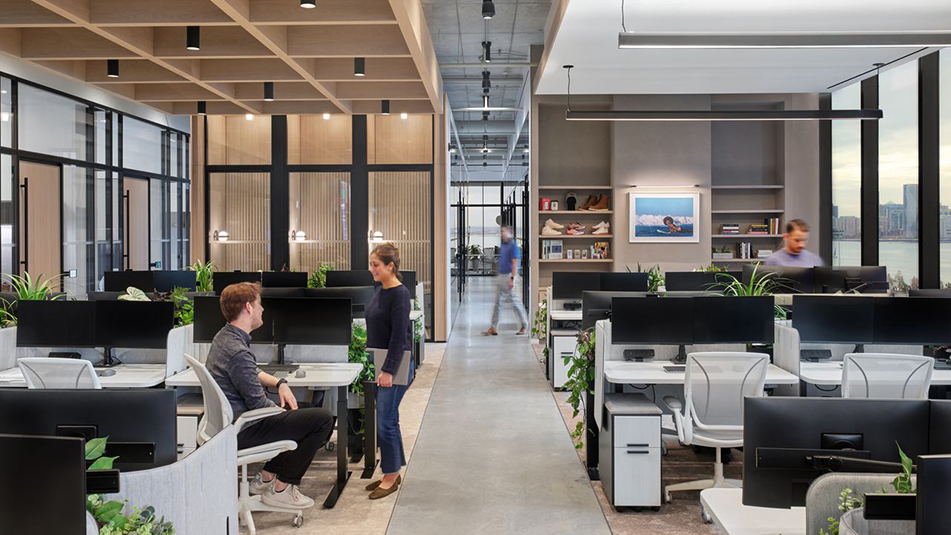Is the Business Epicenter Headed Toward Central Perimeter?
For more than 40 years, the center of the business community in Atlanta has been changing. Originally headquartered in Downtown and then Midtown, the business epicenter is moving – and heading toward the Central Perimeter submarket. How so? As major companies including State Farm and the Mercedes Benz North American headquarters, among others settle into Central Perimeter, Atlanta is incorporating infrastructural measures to help alleviate Atlanta’s greatest woe: traffic.

The State Farm campus, as envisioned with three towers complete.| KDC
And as many employees commute from more suburban areas, including Alpharetta and Roswell, the density of Central Perimeter is growing – and surpassing that of Atlanta’s Midtown. According to Bisnow, 100,000 people commuted to the Central Perimeter submarket in 2011. In 2016, that number escalated to 253,000 employees – and the number is still rising.
Central Perimeter isn’t urban or suburban – it’s both, and here’s why:
1. Central Perimeter has the traffic of Midtown, but the improvements to make it feel more suburban
It’s no surprise that the GA-400 and Interstate-285 interchange is one of the city’s worst bottlenecks, but steps are in the works to overhaul the interchange. The Georgia Department of Transportation has indicated that the entire interchange will be replaced with new collector-distributor lanes and flyover ramps. Additionally, a new bridge on Mount Vernon Highway is also expected to shift traffic. Improved traffic flow from these projects is expected to be felt sooner than the projects will be completed.
Given these ongoing construction improvements, more employers are growing warm to the idea of remote work and flex hours due to traffic woes. In late October 2019, Central Perimeter’s businesses established Perimeter Work Week, in which more than 4,000 employees were expected to either work remotely for one day during the week, or alter their arrival and departure times to avoid rush hour. The result? Less congestion (and a boost in productivity and employee morale).

An illustration of what the I-285/Ga. 400 interchange is intended to look like after the project's completion |GDOT
2. Central Perimeter has the accessibility of an urban submarket, with extended accessibility to suburban areas
Central Perimeter has a wealth of transportation options: three MARTA stations, two major bus services and more than a dozen shuttle services feeding into office parks and buildings. Therefore, many employees working in Central Perimeter have the flexibility to live outside the area, in places like Roswell or Alpharetta, and commute into the area using alternate modes of transportation. As more employees use alternate transportation, congestion is expected to decrease.
3. Central Perimeter's new mixed-use developments are moving to new corporate areas, creating a more urban/suburban feel
Central Perimeter is moving away from commercial real estate that serves singular uses, such as a shopping center or office building. Instead, Central Perimeter is changing by creating mixed-use developments similar to Buckhead and Midtown.
Multiple mixed-use developments are in the works, such as Twelve24, Park at Perimeter Center East and High Street Atlanta. With on-site restaurants, retail and amenities, combined with great accessibility, Central Perimeter tenants can expect to see a changing work-life balance.



